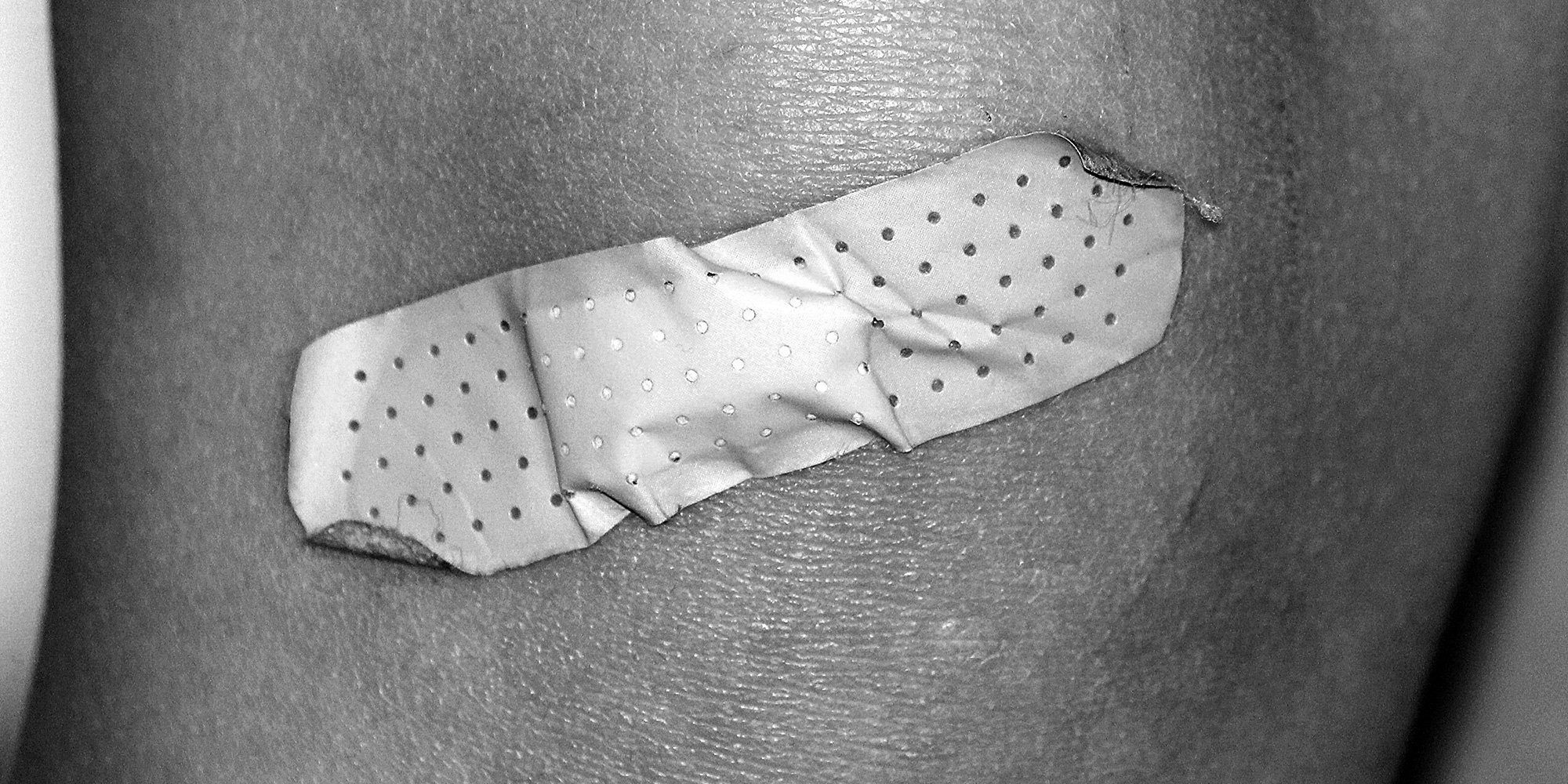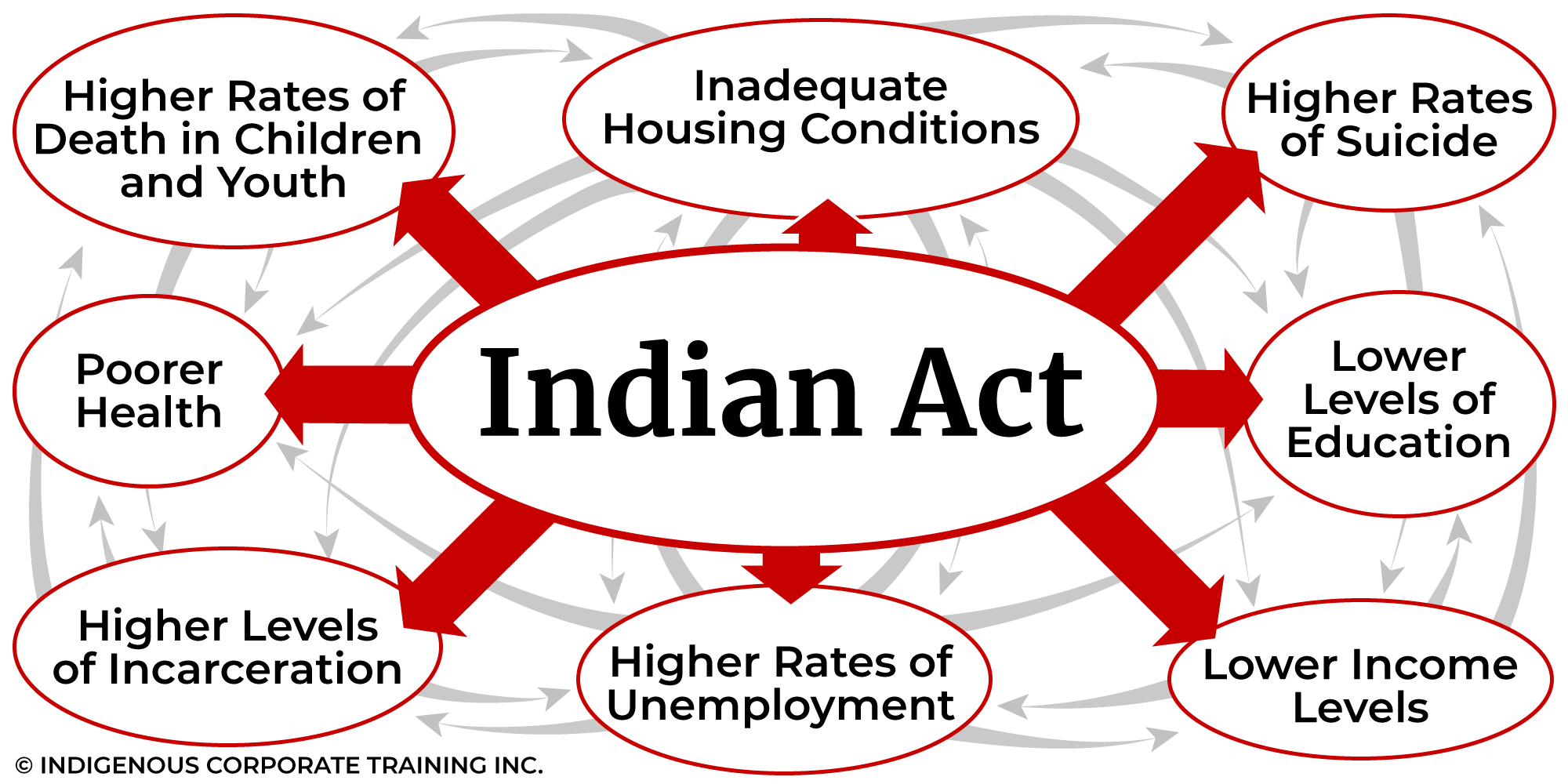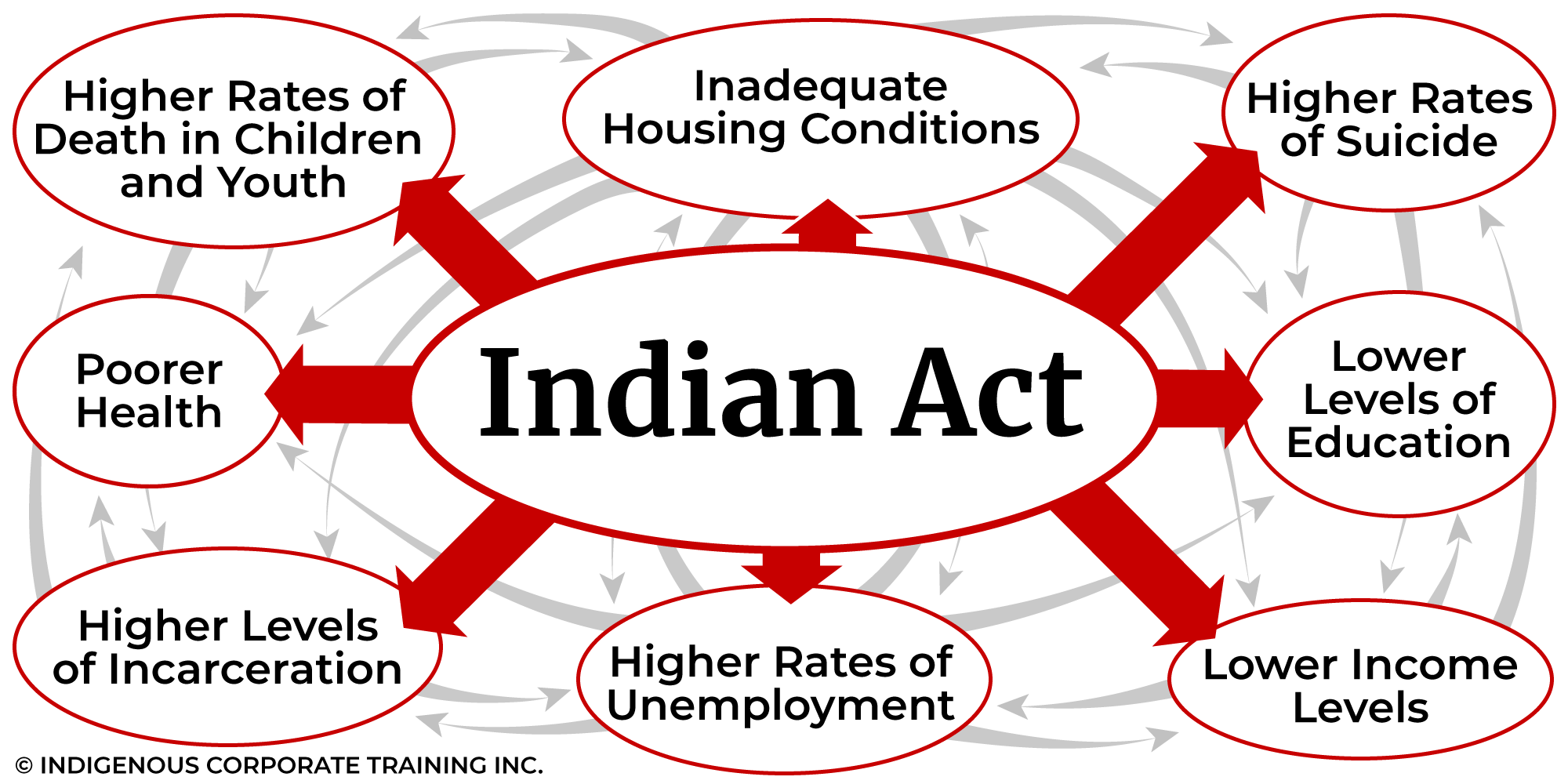Higher Levels of Incarceration - #6 of 8 Key Issues
The incarceration rate of Indigenous peoples in Canada should be labelled a national crisis. The flaws in the justice system are insidious and...
4 min read
Bob Joseph July 18, 2023

Unintentional injuries are the leading cause of death in Canadian Indigenous children and youth, occurring at rates three to four times the national average. [1]
That staggering figure is from 2012. While there is literature and studies about injuries and why they occur more frequently for Indigenous youth, there is a lack of published statistics as Canada Census no longer includes that metric. Data used in many studies typically dates back to 2012. In Preventing unintentional injuries in Indigenous children and youth in Canada, the Canadian Paediatric Society points out the...
...urgent needs for injury surveillance, research, capacity-building, knowledge dissemination, as well as for injury prevention programs that focus on Indigenous populations. Effective injury prevention would involve multidisciplinary, collaborative and sustainable approaches based on best practices while being culturally and linguistically specific and sensitive.
Indigenous children and youth are the keys to future change. But, if their full potential in that role is to be realized, there need to be major advancements made along the path to reconciliation. As with the other topics we’ve covered in 8 Key Issues for Indigenous Peoples in Canada, colonialism and its myriad outcomes lie at the root of the higher rate of accidents.

The impact of colonization has been internationally identified as a fundamental social determinant and is linked to all other inequities endured by Indigenous people. In addition to typical physical and emotional changes, Indigenous youth grapple with navigating their lives dominated by the intergenerational impact of residential schools, loss of tradition and traditional practices, breakdown of the family unit, negative stereotypes, and economic and social marginalization.
Trauma associated with the intergenerational impacts of residential schools and colonization often manifests in higher rates of depression, risk-taking behaviour and substance use issues in Indigenous adults and youth.
Rural and remote Indigenous communities have less access than urban Canadians to injury prevention programs and education, such as the correct use of car seats, seat belt programs, helmet use, swimming lessons, and driving instruction. There may also be an economic consideration in the choice of car seats, helmets and personal floatation devices. And, when accidents happen, those living in rural and remote communities must travel further over rougher roads or ice to reach hospitals and health units.
Young Indigenous people who use drugs and substances are a particularly high-risk group as research has shown they are 13 times more likely to die than non-Indigenous Canadians of the same age, with the leading cause of death being drug- and substance-related poisoning. [2]
Of all the unintentional injuries and death for Indigenous youth, issues with substance use are the most complex. They are generally considered a direct outcome of intergenerational trauma associated with residential schools, the Sixties Scoop and the high number of children (53.8%) in foster care. [3] Drug and substance use have been reported among Indigenous populations as a coping mechanism for trauma, stress and grief.
First Nations children under the age of 10 are 86 times more likely to die in a fire than non-Indigenous. [4]
Overcrowding, substandard construction and either no or non-operational smoke alarms in on-reserve houses, coupled with a lack of maintenance and regular inspections, all contribute to the risk of fatal house fires. On-reserve communities do not fall under provincial or national fire and building safety code standards.
Indigenous Services Canada (ISC) provides annual funding as part of the First Nation’s core capital funding, which is managed by individual band councils. Between 2008 and 2017, ISC provided only $29 million annually for fire protection services to First Nations communities. There are 634 First Nations across Canada. The $29 million for fire protection services included less than $5 million for fire protection services training.
On-reserve children and youth are at a higher risk of MVCs for these reasons:
Alarmingly, Indigenous children drown at a rate that is fifteen times the national average. [5]
Indigenous communities are often located near water (9% of Canada’s surface is water plus three coastlines). Oceans and waterways are used as transportation corridors, sources of employment, food, and recreation. In northern regions where snowmobiles are the only transportation option, there is an increasing risk of thin ice. The higher proximity and usage increase the risk of drowning.
There may be hesitation on the part of parents and caregivers to seek medical assistance for an injured child due to an anticipation of discrimination and racism.
To address racism in healthcare, the Truth and Reconciliation Commission includes this call to action for reconciliation:
24.
We call upon medical and nursing schools in Canada to require all students to take a course dealing with Aboriginal health issues, including the history and legacy of residential schools, the United Nations Declaration on the Rights of Indigenous Peoples, Treaties and Aboriginal rights, and Indigenous teachings and practices. This will require skills-based training in intercultural competency, conflict resolution, human rights, and anti-racism.
Reversing the devastating rates of unintentional deaths and injuries requires culturally appropriate Injury Prevention programs collaboratively developed with parents, healthcare providers, Elders and the community.
For further learning, our Working Effectively with Indigenous Peoples® training has helped thousands of individuals and organizations better understand the history and legacy of residential schools, the Indian Act, Treaties and Indigenous rights, as well as Indigenous teachings and practices.
[1] Preventing unintentional injuries in Indigenous children and youth in Canada
[2] Evidence Summary on the Prevention of Poisoning in Canada
[3] ‘The bond is broken’: Data shows number of Indigenous kids in foster care is going up: StatCan
[4] Ontario Chief Coroner’s Table on Understanding Fire Deaths in First Nations
[5] Drowning in the Social Determinants of Health: Understanding Policy’s Role in High Rates of Drowning in Aboriginal Communities in Canada
Featured photo: Pixabay

The incarceration rate of Indigenous peoples in Canada should be labelled a national crisis. The flaws in the justice system are insidious and...

1 min read
The suicide rate among First Nations people was three times higher than in non-Indigenous populations between 2011 and 2016 in Canada. Among First...

1 min read
Eight of the key issues of most significant concern for Indigenous Peoples in Canada are complex and inexorably intertwined - so much so that...